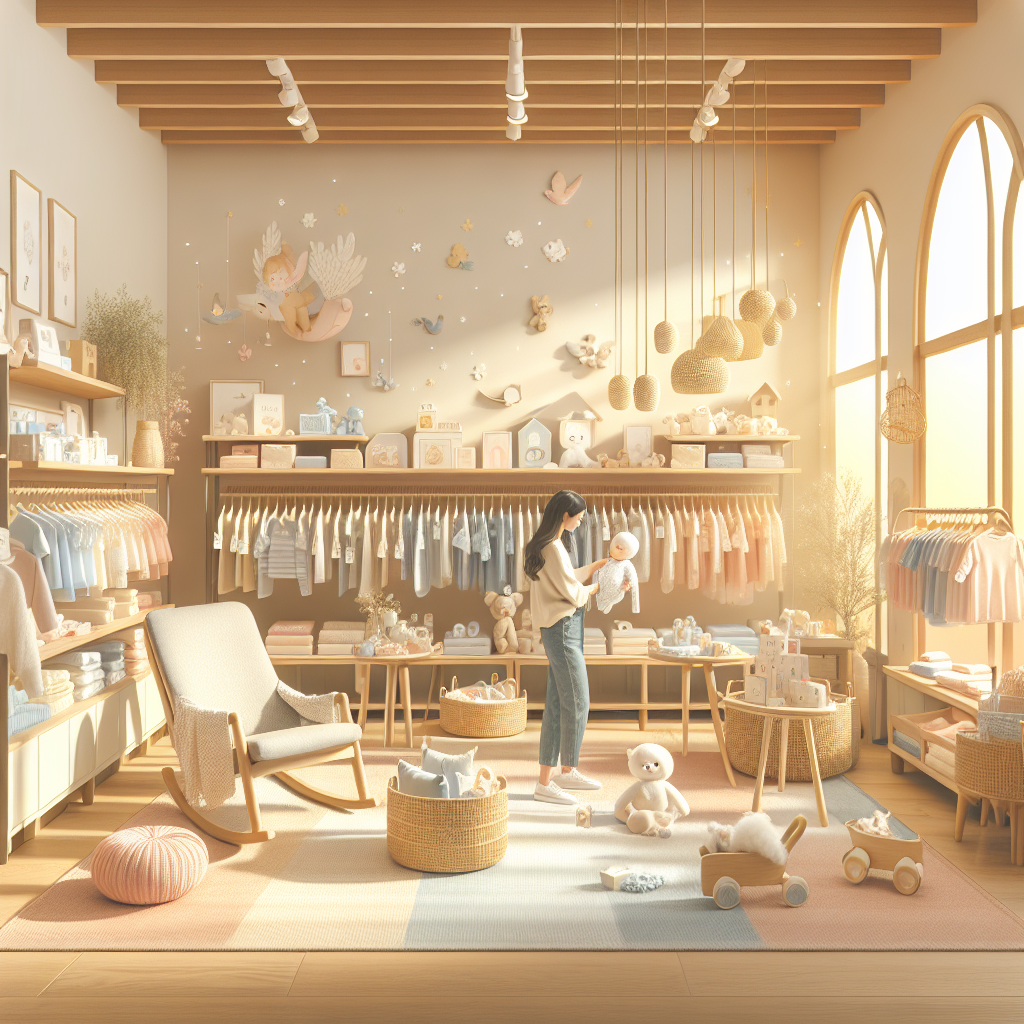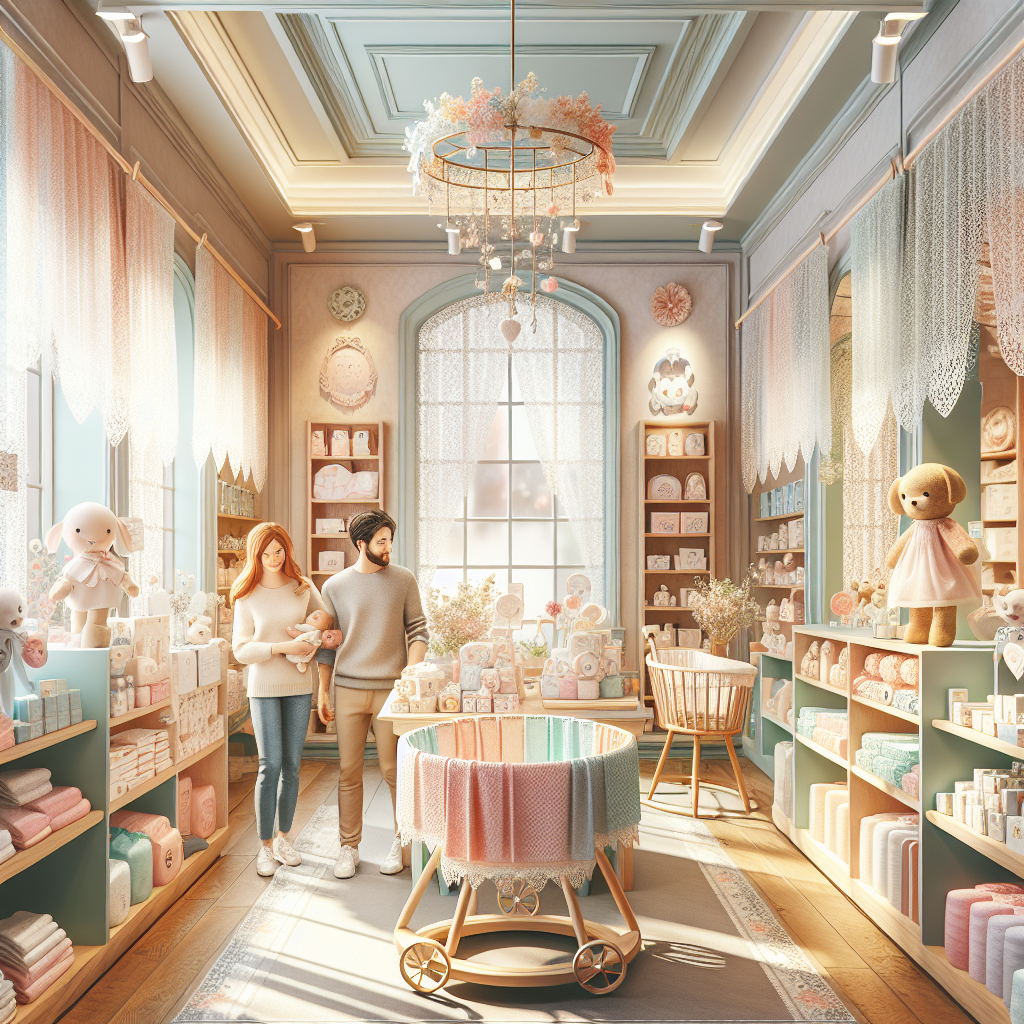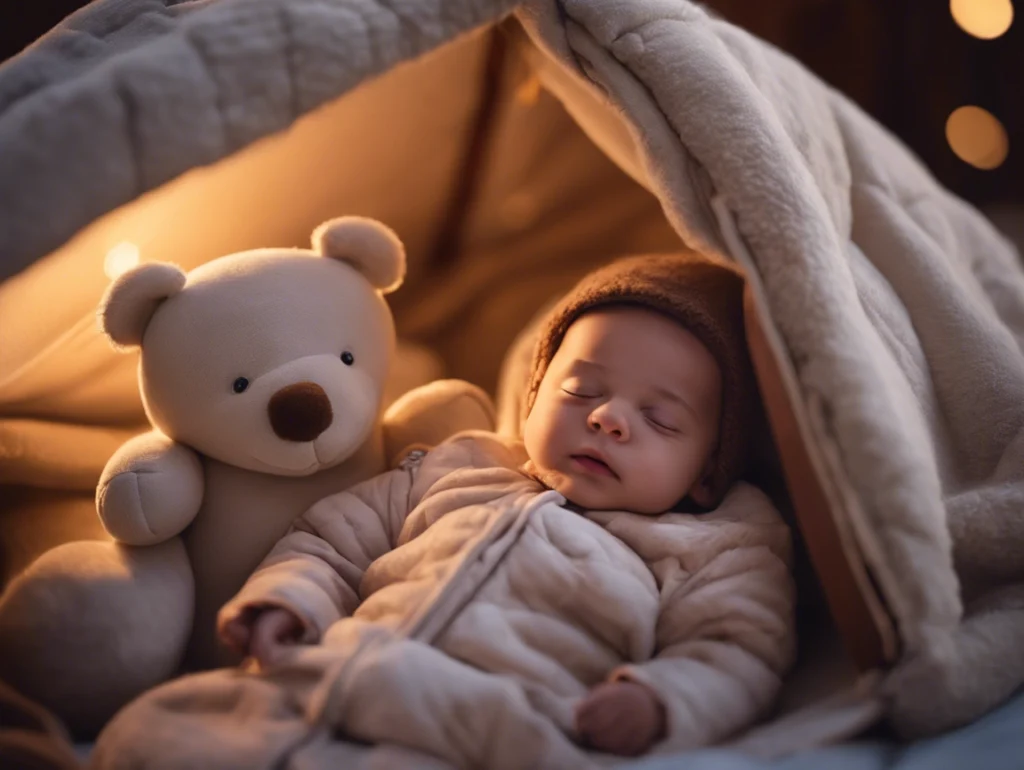When it comes to baby products, safety and quality are non-negotiable. Parents expect nothing less than perfection when they buy items for their little ones, and rightly so! But even with strict quality controls, defects can still sneak in. From loose buttons on baby clothes to harmful chemicals in teething toys, manufacturers need to stay on top of their game to ensure their products are safe and defect-free.
So, what are the most common defects in baby products, and more importantly, how can brands prevent them? Buckle up, because we’re about to dive deep into the world of baby product quality control!

1. Fabric & Stitching Defects in Baby Clothing
Common Defects:
✅ Loose stitching or weak seams
✅ Fabric pilling or fraying
✅ Dye bleeding or discoloration
✅ Rough fabric that irritates baby skin
Why These Defects Are a Problem:
Loose stitching and weak seams can lead to rips and tears, making the clothing unsafe. Dye bleeding can cause skin allergies, and rough fabrics can irritate a baby’s delicate skin.
How to Prevent Fabric & Stitching Defects:
🔹 Use high-quality, OEKO-TEX certified fabrics that are safe for babies.
🔹 Conduct tensile strength tests on fabric to ensure durability.
🔹 Perform colorfastness tests to prevent dye bleeding.
🔹 Implement double stitching on seams to prevent unraveling.
Check out our OEKO-TEX certified baby accessories wholesale collection to see how premium fabric makes a difference!
2. Choking Hazards in Baby Accessories
Common Defects:
✅ Loose buttons on baby clothes
✅ Small detachable parts on bibs, pacifiers, and toys
✅ Weak seams in plush toys that expose stuffing
Why These Defects Are a Problem:
Babies love to put things in their mouths (if they can grab it, they’ll chew it!). Any small, detachable parts pose a serious choking hazard.
How to Prevent Choking Hazards:
🔹 Avoid small decorative elements like rhinestones or buttons on baby clothing.
🔹 Perform pull tests to ensure parts don’t come off easily.
🔹 Use reinforced stitching for plush toys and bibs.
🔹 Ensure products comply with ASTM F963 (Toy Safety Standard) and CPSIA requirements.
Want to know more about CPSIA compliance? Check out this guide on CPSC regulations.
3. Chemical Contamination in Baby Products
Common Defects:
✅ Presence of lead, BPA, phthalates, or formaldehyde
✅ Excessive flame retardants in fabrics
✅ Heavy metal contamination in baby bottles or toys
Why These Defects Are a Problem:
Babies have ultra-sensitive skin and weak immune systems, making them more vulnerable to chemical exposure. Toxins like lead or BPA can cause long-term health issues, including hormonal imbalances and neurodevelopmental delays.
How to Prevent Chemical Contamination:
🔹 Source materials from certified, chemical-free suppliers.
🔹 Conduct lab testing for heavy metals, phthalates, and formaldehyde.
🔹 Use food-grade silicone for baby teethers and bottles.
🔹 Ensure compliance with REACH (for EU markets) and CPSIA (for US markets).
Need safe, chemical-free baby products? Our organic baby accessories meet the highest safety standards!
4. Poor Fasteners & Zippers on Baby Clothing
Common Defects:
✅ Sharp zipper edges that scratch skin
✅ Snaps or buttons that fall off easily
✅ Weak velcro that loses grip after a few washes
Why These Defects Are a Problem:
A sharp zipper or a loose snap button can turn a cute onesie into a safety hazard. Babies can scratch themselves, or worse, swallow small parts that come loose.
How to Prevent Fastener & Zipper Defects:
🔹 Use YKK or child-safe zippers with smooth edges.
🔹 Perform torque and tension tests on snap buttons to ensure they don’t detach.
🔹 Ensure Velcro® fasteners remain durable after multiple washes.
Looking for safe, baby-friendly zippers? Our sleep sacks are designed with your baby’s comfort in mind!
5. Poor Quality Foam & Stuffing in Baby Pillows and Mattresses
Common Defects:
✅ Low-density foam that loses shape quickly
✅ Stuffing that contains allergens
✅ Overly soft surfaces that increase suffocation risks
Why These Defects Are a Problem:
Inferior-quality foam leads to poor support, which can affect a baby’s spinal development. Additionally, certain foam materials release harmful VOCs (volatile organic compounds) that can be dangerous for babies.
How to Prevent These Issues:
🔹 Use certified, non-toxic memory foam that maintains shape.
🔹 Ensure GREENGUARD Gold certification for mattresses to confirm low chemical emissions.
🔹 Follow AAP (American Academy of Pediatrics) safe sleep guidelines to design safe bedding.
Wondering how baby mattresses are tested? Read more about GREENGUARD certification here.
Quality Control Checklist for Baby Products
| Defect Type | Potential Issue | How to Prevent It |
|---|---|---|
| Fabric Defects | Loose stitching, rough textures | Double stitching, fabric quality tests |
| Choking Hazards | Loose buttons, detachable small parts | Pull tests, reinforced stitching |
| Chemical Contamination | Lead, BPA, phthalates | Certified materials, lab testing |
| Zipper & Fastener Issues | Sharp edges, weak grip | YKK zippers, durability tests |
| Foam & Stuffing Problems | Weak support, toxic foam | GREENGUARD-certified materials |
Conclusion: Safety Comes First!
The baby product industry cannot afford mistakes when it comes to quality. Parents expect products to be safe, durable, and free from harmful substances—and rightfully so! By implementing strict quality control measures, brands can eliminate defects before products even hit the shelves.
At Endearing Baby, we take quality control seriously! That’s why our products are made from certified materials, undergo rigorous safety tests, and meet international compliance standards. Check out our high-quality baby accessories for peace of mind!

